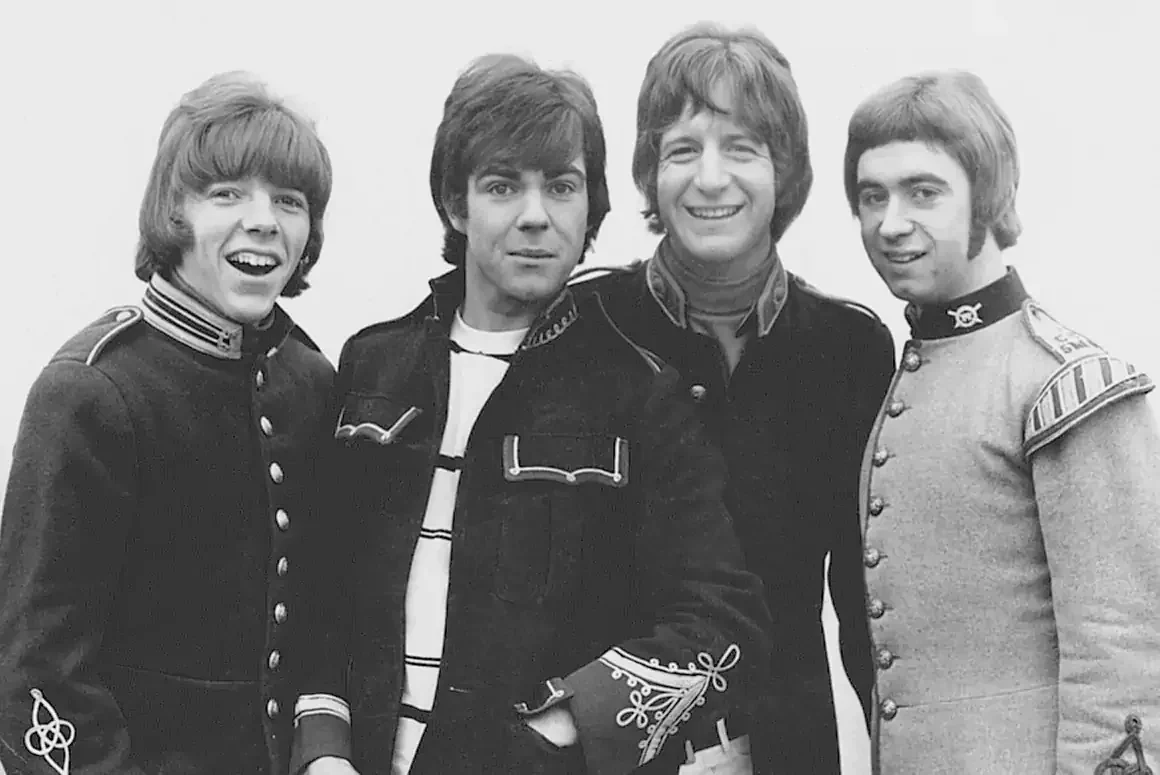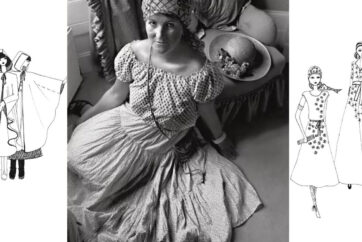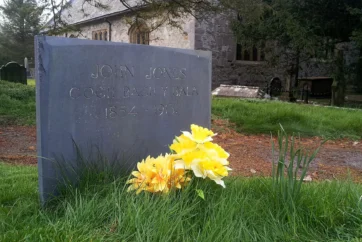There is no memorial to Peter Ham. No stone, no statue, no plaque. His ashes were scattered to the winds at Morriston Crematorium in Swansea in 1975. And if there was such a memorial, what would it say?
Peter Ham 1947 – 1975. Free at last? Perhaps.
Of course, his memory lives on. He has been survived by his music. He still has an admiring audience. And you would like to think that his group Badfinger are remembered for their music. But that is not the case. Sadly they are more famous for their disintegration and for their tragedy. Theirs is a cautionary tale, a story of how the naivety and idealism of youth was manipulated and abused. Rock and Roll doesn’t rule the world. It never did. Accountants do.
Feature image: A rare, early photo of the Iveys in their Swansea days. L to R: Mike Gibbins, David Jenkins, Peter Ham, Ron Griffiths
Peter William Ham was born on 27 April 1947 and he was brought up in the Townhill area of Swansea. Always musical, playing first the harmonica and then the guitar, he had dreams. His group was first called “The Panthers” and modeled themselves on The Shadows and then they became “The Wild Ones”. Peter Ham was enthusiastic and talented. His group developed a local reputation. They changed their name then to “The Iveys,” after Ivey Place in Swansea and also, perhaps, in the hope they could tap into the success of “The Hollies.”
They were playing the local dancehalls across South Wales and getting plenty of work.
After appearing at The Regal Ballroom in Ammanford, they were approached by Bill Collins, a manager who wanted to take them on. Suddenly they were professional, concentrating entirely on their music. It seemed that their dreams might soon become real.
Collins moved the band to London. A new member joined, Tommy Evans, and their reputation grew. Then, in 1968, The Iveys were offered a recording contract by The Beatles’ Apple label. Not only that, but in 1969 Paul McCartney heard their demos and wanted to produce them. They changed their name again, this time to Badfinger, based apparently on an alternate title for the song “With A Little Help from My Friends”.
McCartney took them into the studio to record one of his own songs and suddenly they had made it. Success. “Come and Get It” was a hit, across Europe and in America.
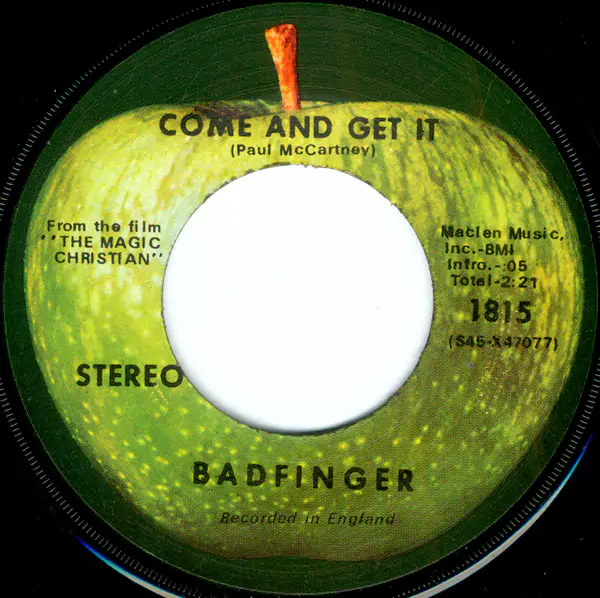
They would not have recognised the great irony in their first hit record, this piece written by Paul McCartney, in which he expressed his bitterness about the financial confusion of the Apple Corporation – “If you want it, here it is, come and get it but you better hurry ‘cos its going fast.” Prophetic words. The kids who bought the record wouldn’t have known it, but the song was about money. How could they have realised? But if ever one song could come to encapsulate an entire career, it was this one.
Immediately they needed a financial manager for their forthcoming American tour. So in 1970, Badfinger enlisted a New York business manager named Stan Polley. He was highly recommended and the group had little reason to doubt him, but it is said that he had well established connections with organized crime and a facility for complex and dubious financial arrangements. They would soon learn about this, to their considerable cost.
Their music was developing. Badfinger had moved on. They went for a harder edge, a more progressive sound, and they found themselves tuned perfectly into the spirit of the times.
Their album, ‘No Dice”was very well received. Their music was infectious and well crafted. Peter Ham was writing his finest material and composed the band’s biggest selling single to date, “No Matter What.” There was also a song on the album that unexpectedly achieved international recognition.
The American singer Harry Nilsson heard “No Dice” and issued his version of the Ham/Evans composition, “Without You”. An international success. A standard. That one song should have guaranteed a prosperous future, an artistic and commercial achievement. A song that was subsequently recorded by so many different people and in so many different ways. It was a great and enduring song, sufficient you might think to retire upon. But I guess it’s not the way the story goes.
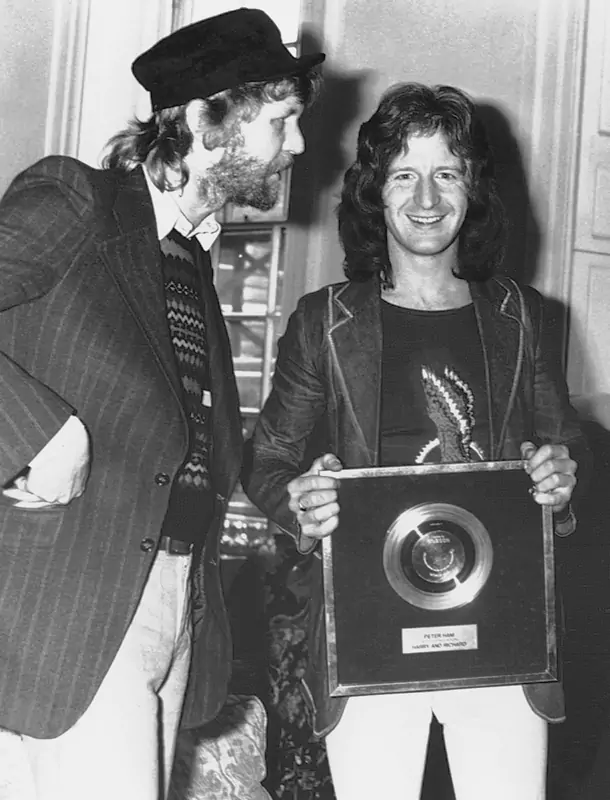
Oh yes, Badfinger were stars in name, but in reality they remained financially destitute. The band had made a lot of money, but nobody knew where it was. The more famous they became, the more impoverished they appeared.
Badfinger, like so many others, became a vehicle by which accountants could make a serious amount of money.
In 1972 their contract with Apple now completed, Polley moved Badfinger to Warner Brother Records for a reputed $3 million. The question would always be, what happened to it? They had finished their commitments to Apple with an album called “Ass” which had a sleeve on which they represented themselves as a donkey, following a carrot on a stick representing the promises of Polley.
But the new contract meant they had to produce another album for Warner Brothers immediately. It was a huge strain. Their lyrics reflected their growing despair. “We’re the pawns in someone else’s game” wrote Peter Ham.
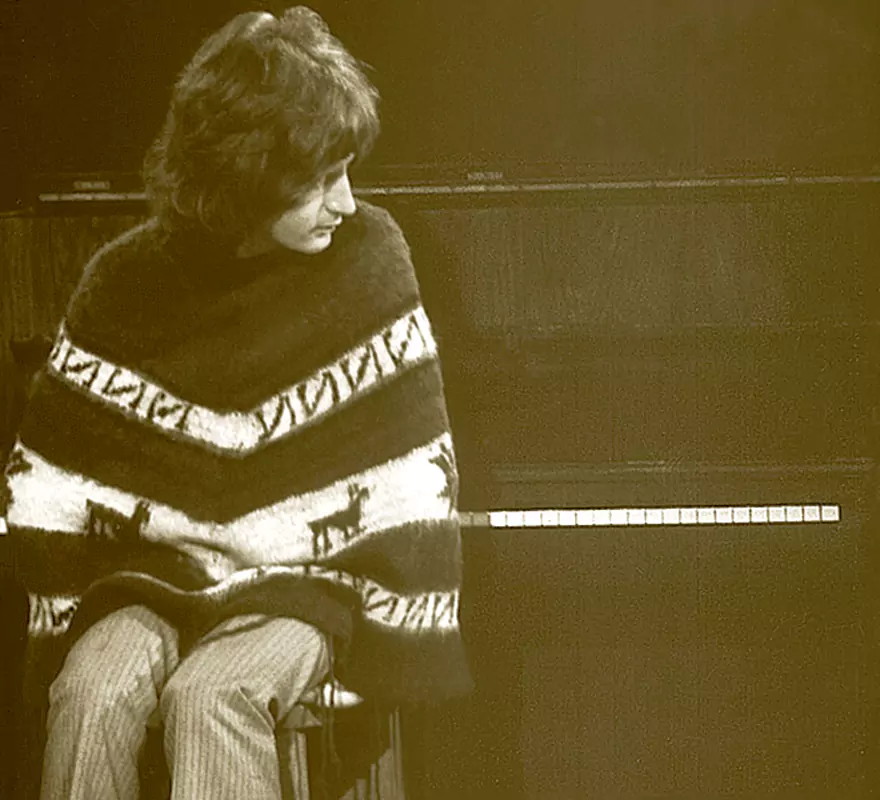
In 1974, a Warner Executive discovered that all the money from their joint account with Badfinger had disappeared and thus refused to market their work, threatening the group with breach of contract. $600,000 of advance money in a shared account wasn’t there. Nobody in the band knew where the money had gone. Their record company was keen to find out too. It had been filtered away by the American management company and as a result there were no Badfinger records available anywhere. Their business and musical affairs were now in a state of collapse. Peter Ham, composer of one of the most successful songs of his time, part of a group that sold an estimated 14 million records worldwide, couldn’t even pay his phone bill.
Peter Ham resigned from the group for a brief period in 1974 but it eventually all became too much to take. He had written three, million-selling singles, had toured America six times, had songs covered by innumerable artists and had co-written a song generally considered a standard. Yet he was penniless. Everything seemed to be closing down.
On the evening of 23 April 1975, he hanged himself in his garage. He wasn’t quite 28 years old.
His suicide note, addressed to his girlfriend and her son, blamed Stan Polley for his misfortunes:
“Anne, I love you. Blair, I love you. I will not be allowed to love and trust everybody. This is better. Pete. P.S. Stan Polley is a soulless bastard. I will take him with me.”
Peter Ham was survived by his girlfriend Anne and daughter Petera, who was born one month after his death.
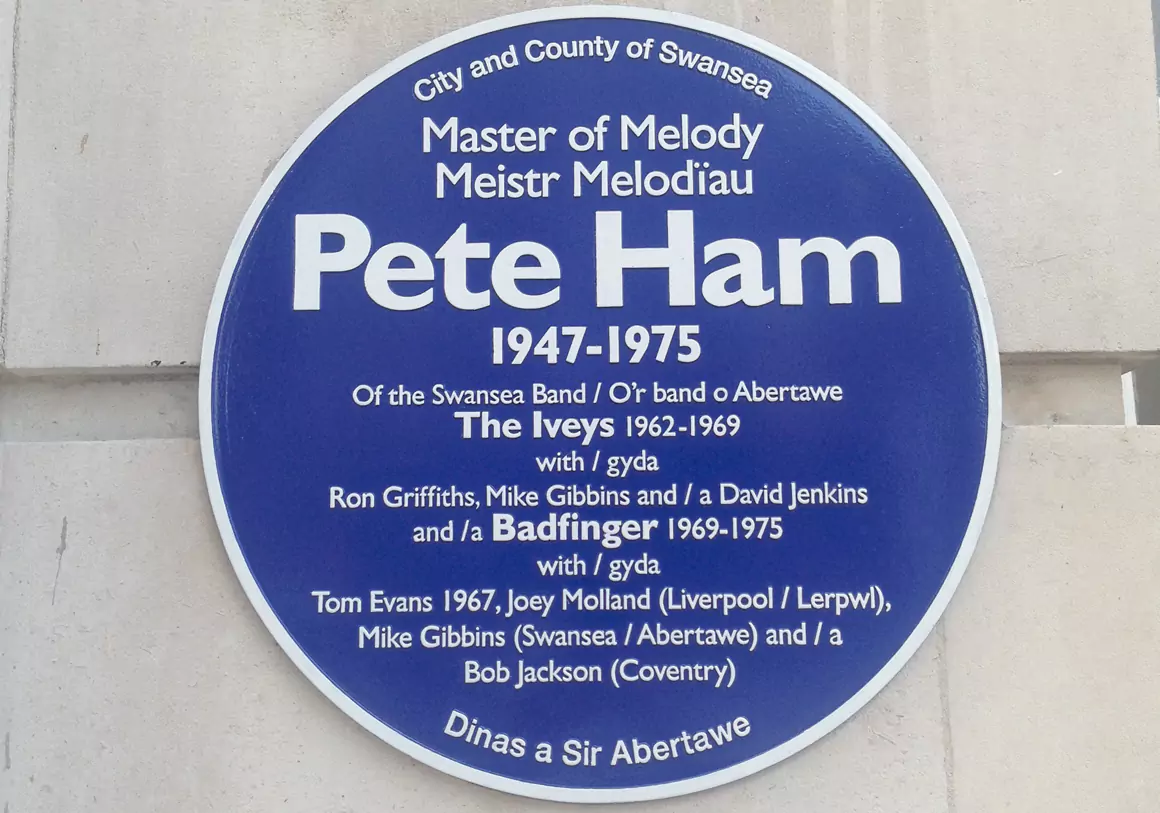
Badfinger disbanded after Ham’s death, but the lawsuits and bankruptcies didn’t cease on either side of the Atlantic.
There was still money to be made out of Badfinger, though only by the lawyers. By 1977 Tom Evans was working as a plumber. Band members occasionally tried to revive the group and at one point there were two rival bands, both called Badfinger, but the brief glory days had gone, along with Peter.
But tragedy wouldn’t leave the band alone.
On 19 November 1983 Evans argued on the telephone, apparently about the publishing royalty division of the song “Without You.” Following the argument, Evans hanged himself in the garden at his home.


